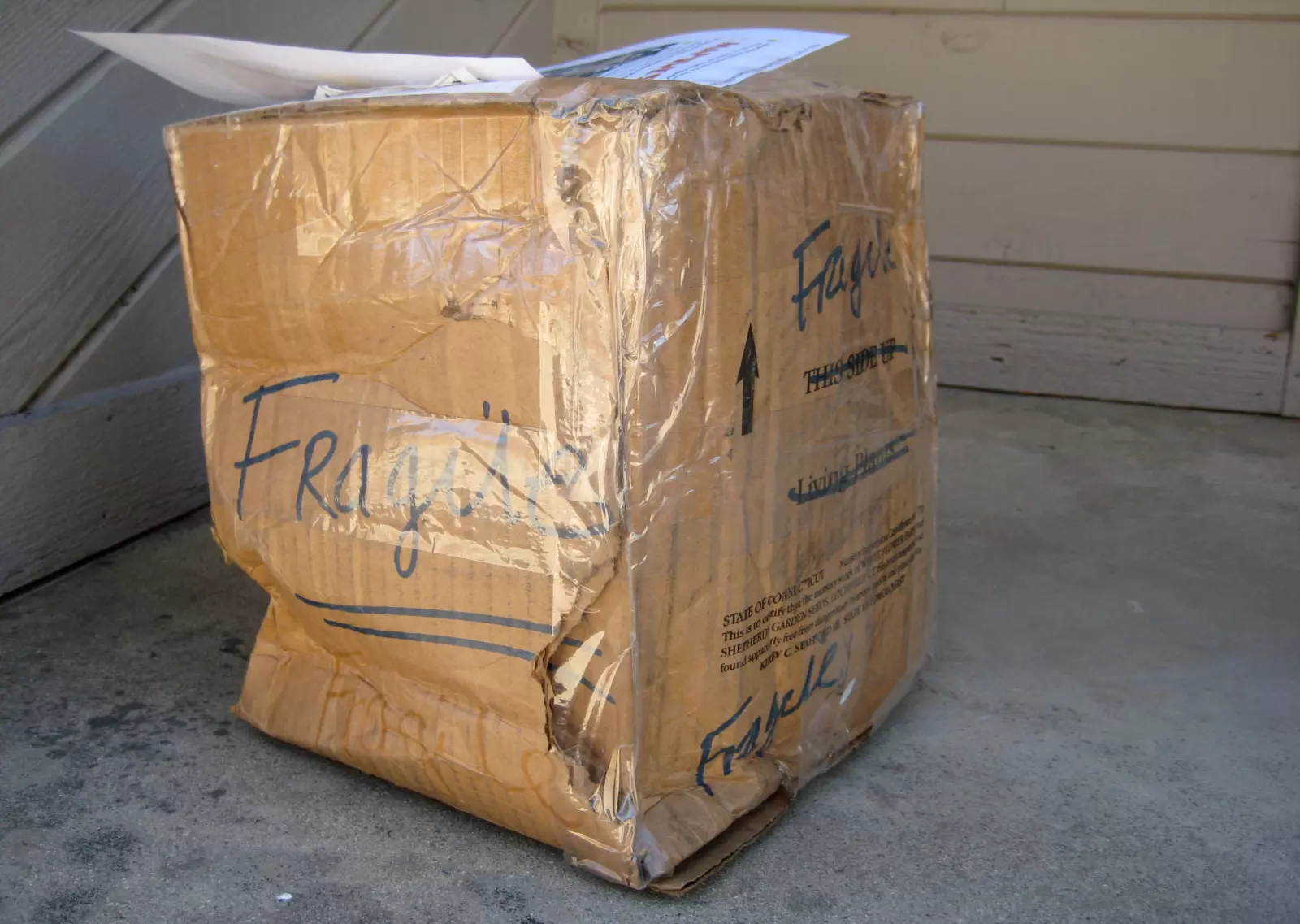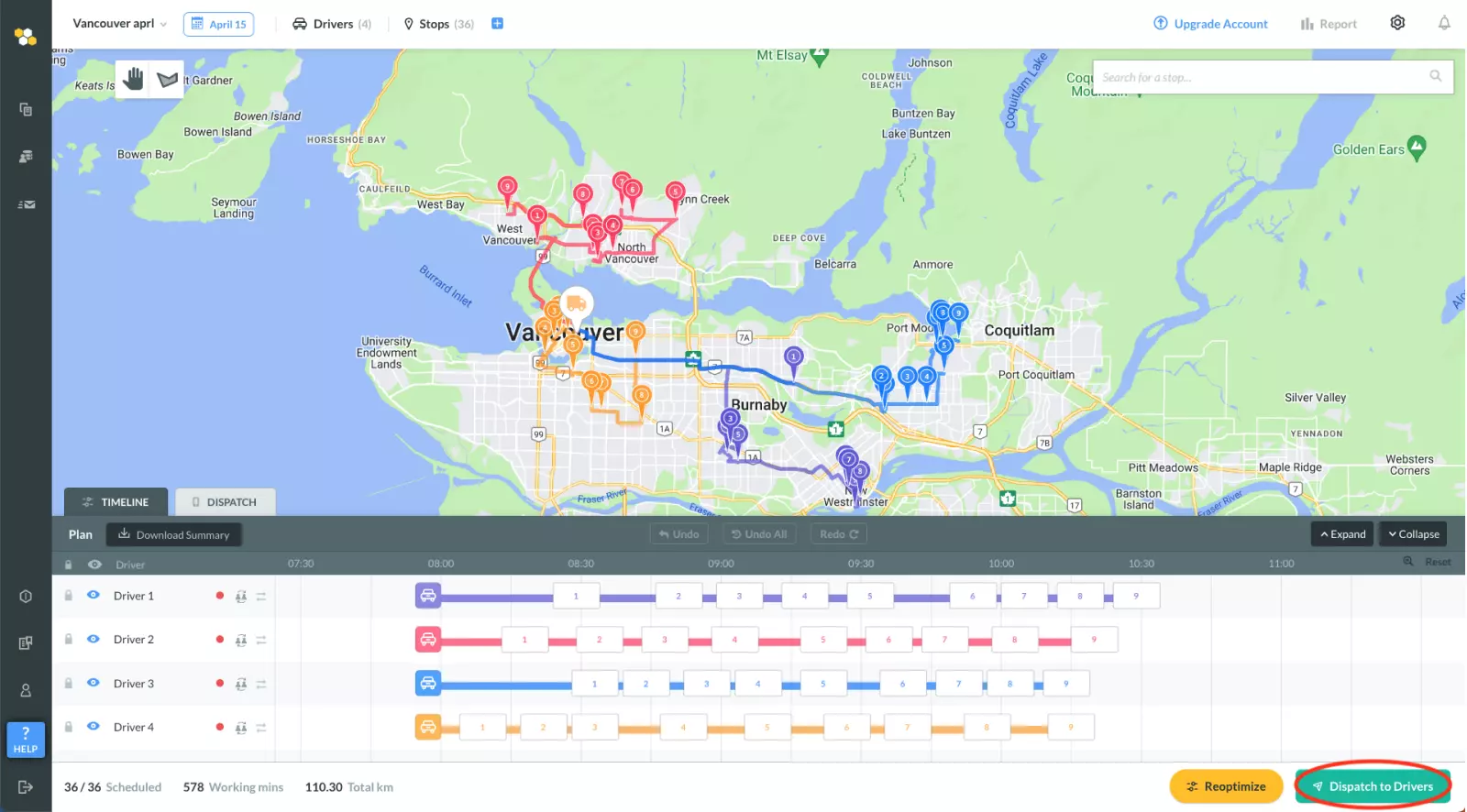Effective Delivery Scheduling For Local Businesses: The Easy Guide


Photo by Kampus Production
If you’re involved in a delivery business, you know that the last mile is the most complex and expensive part of the whole supply chain. You have lots of small packages going out across your city to dozens or hundreds of customers — and some of them won’t hesitate to leave a nasty online review if you fall short. In this post we’ll discuss how effective delivery scheduling, together with route optimization software, can help you keep those customers happy — while also being good for your bottom line.
What is delivery scheduling?
Last mile delivery scheduling is the process of planning how and when to deliver orders to customers. A delivery manager or scheduler calculates delivery sequences and plans routes based on:
- The customer’s chosen delivery time window and other preferences.
- The number of deliveries to be made each day.
- How many delivery drivers are available.
- What kinds of vehicle are available.
What is a successful delivery?
Successful delivery planning creates value for both the customer and the delivery company. This requires six things:
- The delivery is on time.
- The order contains the correct items.
- The package is delivered in good condition.
- The customer gets clear, timely communication about their delivery.
- The delivery schedule allocates drivers and vehicles in the most efficient way.
- The delivery route is optimized.
Get all these right, and you will create an excellent customer experience — while also keeping cost per delivery low to ensure profitability.
The three different types of delivery schedule
1. On-demand delivery
On-demand delivery offers customers a more flexible and convenient delivery experience. It’s a popular model in e-commerce and food delivery, because it means customers can get exactly what they want, in a very short time. In some big cities, restaurant and grocery delivery apps now offer delivery not just on the same day, but in as little as 15 minutes.
This kind of delivery service is fantastic for customers, but it can be very expensive and difficult to manage for the delivery business. Companies like Doordash and Uber have invested billions in on-demand food delivery apps, but they may never be profitable. For ordinary businesses the costs can be high — especially if big players are keeping prices down in an attempt to win market share.
Inefficiency and higher cost are the main disadvantages of on-demand services. Delivering on demand means lots of very small loads, and delivery drivers going back and forth across the same area multiple times. There’s no opportunity to group orders and schedule them to be delivered along a single route. It’s also very hard to predict demand, so you may not know from one day to the next how many drivers to have on shift, for example.
For all these reasons, free and cheap deliveries may soon be a thing of the past. Investors are beginning to demand profitability from delivery companies, and customers may have to get used to paying their fair share of delivery costs.
2. Regular scheduled deliveries
When customers subscribe to a regular delivery service, suppliers can create highly efficient delivery schedules and route plans. Some examples of businesses that use this kind of delivery scheduling are meal kit services, farm share boxes, and fresh flower subscriptions.
Regular recurring deliveries make route scheduling really easy because it means you can create a schedule once, and then use it again and again. The schedule will need to change when customers sign up, quit or change their order, but it’s always easier to update an existing delivery schedule than create a new one!
Getting customers to sign up for a regular subscription is great, but it doesn’t suit every customer, or every business. It’s more common to have one-off orders, or repeat customers who order according to their own irregular schedule. In the next section, we’ll discuss irregular scheduled deliveries.
3. Irregular scheduled deliveries
Say you offer a delivery service for cakes, or groceries, or wine. Customers can go online or call to create their orders, choose a delivery date and time and give any special instructions. You probably have a cutoff date and time for future deliveries, for example orders must be in by 2pm for next-day delivery.
This is a typical scenario for irregular unscheduled deliveries. There may be repeat customers, but every day’s deliveries are different. That means a new delivery schedule and route plan every day, which can make for a really difficult and time-consuming delivery scheduling process. This is where the power of automation with delivery management software can really make a difference to a business.
Benefits of using delivery scheduling software
Remember the characteristics of successful delivery we discussed above? Using software to streamline the delivery process can help with all of them:
On time delivery
Accurate ETAs and clear route plans are the most important elements of on-time delivery. Delivery scheduling apps can automatically calculate route lengths and times, taking into account expected traffic, the length of time at each stop and even driver experience. For extra bonus points with your customers, you can offer them a choice of delivery time windows — and the software will handle that too.
Route planner apps also make it easy to monitor deliveries throughout the day and adjust routes if any last-minute changes are needed. You can also track driver performance and the percentage of on-time deliveries, so you can learn and make changes to future plans.
Correct items delivered in good condition

Ok let’s be honest, software can’t make delivery drivers handle packages with care. But it CAN help to make their job easier so they’re not exhausted, stressed, and careless. How?
- A clear delivery schedule makes it easy to load a van in an efficient order so packages are easy to find when needed.
- Accurate data means drive times and stop durations can be calculated accurately, so drivers have enough time. And finally,
- Automated customer notifications take the burden of communicating with customers off the driver, so they can concentrate on completing their routes safely and efficiently.
Excellent customer communication
A stressed customer is unlikely to become a satisfied customer! The best way to avoid stress, uncertainty and frustration is to tell customers clearly what’s going on throughout the order and delivery process. Use your delivery scheduling and management software to send automated notifications when a delivery is scheduled and what the ETA is, when a driver is approaching and when the delivery is complete. Many apps even include the ability to track packages in real time.
Most delivery scheduling systems also come with mobile apps for drivers, so they can take photographs or signatures as proof of delivery.
Route optimization
Driver wages and fuel costs both increase with distance driven. So it makes sense that planning shorter, more efficient routes is a great way to get more efficient and reduce your overall cost of delivery. Route planning software takes all the information about your stops, vehicle types, available drivers, stop duration and delivery windows, and automatically calculates the most efficient route. Optimized routes are on average 20-30% shorter than routes planned by humans without computer help, and it takes a few minutes instead of hours.
Efficient resource allocation
Delivery operations get complex quickly once multiple vehicles and drivers are involved. Use software and automation to keep track of driver shift times, ensure you’re balancing workloads and allocate the right packages to the right vehicle.
How to create an effective delivery schedule
Making an effective delivery schedule starts with a list of orders and addresses. You can get this from an order management system and upload it to your route optimization software, or you may be able to use integrations with apps like Shopify to import the information directly. Either way, here’s how to use that list effectively to make the entire delivery process smooth and hassle-free:
- Set stop duration. The time it takes to complete a delivery once a vehicle is parked can vary a lot, but 10 minutes per stop is a decent starting assumption. Your routing software should allow stop duration to be set differently for each stop. For example, some stops may involve a simple drop-off at a place where there’s always easy parking outside. Others may need multiple trips to unload a large number of packages, or time to set up equipment for the customer if that’s a service you offer. The more accurate your stop durations, the more efficient your route scheduling will be. Stop durations should be added to your spreadsheet or order information before you upload it, if possible. A good routing software solution should also allow you to edit stop duration as needed.
- Set priorities and time windows: Some deliveries need to be made more quickly than others (ice cream cake, anyone?), and some customers will specify that they need their deliveries at certain times. Again, this information should either be imported with your order information, or added afterwards.
- Upload delivery information: If you have a spreadsheet with clearly marked columns, this should be easy! Most delivery scheduling software providers have made it a simple one-click operation.
- Optimize and edit routes: Optimization should again be a simple one-click operation. It may take a few minutes depending on how many stops you have, so this is a good time to grab a cup of coffee! Once your optimized routes are ready, take a look to check that you’re happy with the way everything is organized. You may want to move a couple of stops around to fit better with driver shift times, for example.
- Dispatch to drivers: The old way to dispatch routes involves a clipboard and lots of paper. The new way involves clicking a button to send a notification to your driver’s mobile phones, so all the information they need is at their fingertips.
- Track progress: Use the dashboard to track the progress of your deliveries through the day, and make any last-minute changes that might be needed.
- Communicate with customers: Set up automated delivery notifications so your customers know what’s going on and when to expect their deliveries. This can dramatically reduce the number of phone calls you have to deal with!
- Analyze performance: Use end-of-day and end-of-week reports to track key metrics like the number of on-time deliveries, and to help with driver payroll management.

In conclusion, successful delivery operations are key to making your business thrive. By optimizing delivery routes, tracking progress, and communicating clearly with customers, you can boost their experience and your success.
Frequently Asked Questions
What are the three different types of delivery?
Deliveries can be made on demand, according to a regular recurring schedule, or on an irregular schedule. Irregularly scheduled deliveries share some characteristics with on-demand delivery but are more cost-efficient because they allow more scope for route optimization.
Related articles
Liked this article? See below for more recommended reading!

Delivery Scheduling Software To Boost Your Business In 2024


